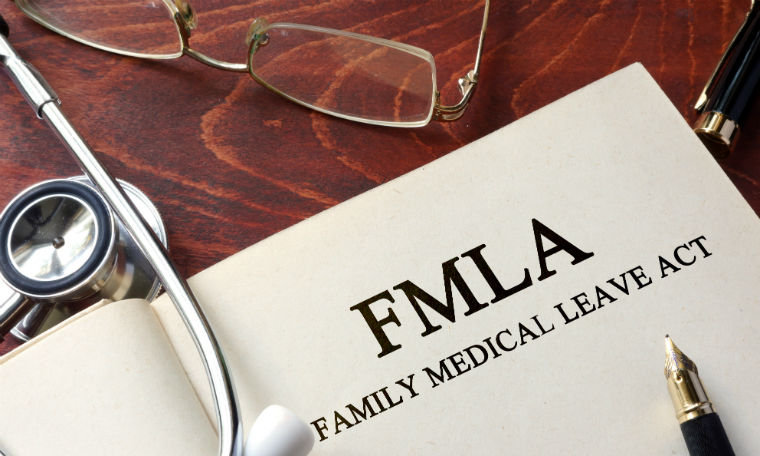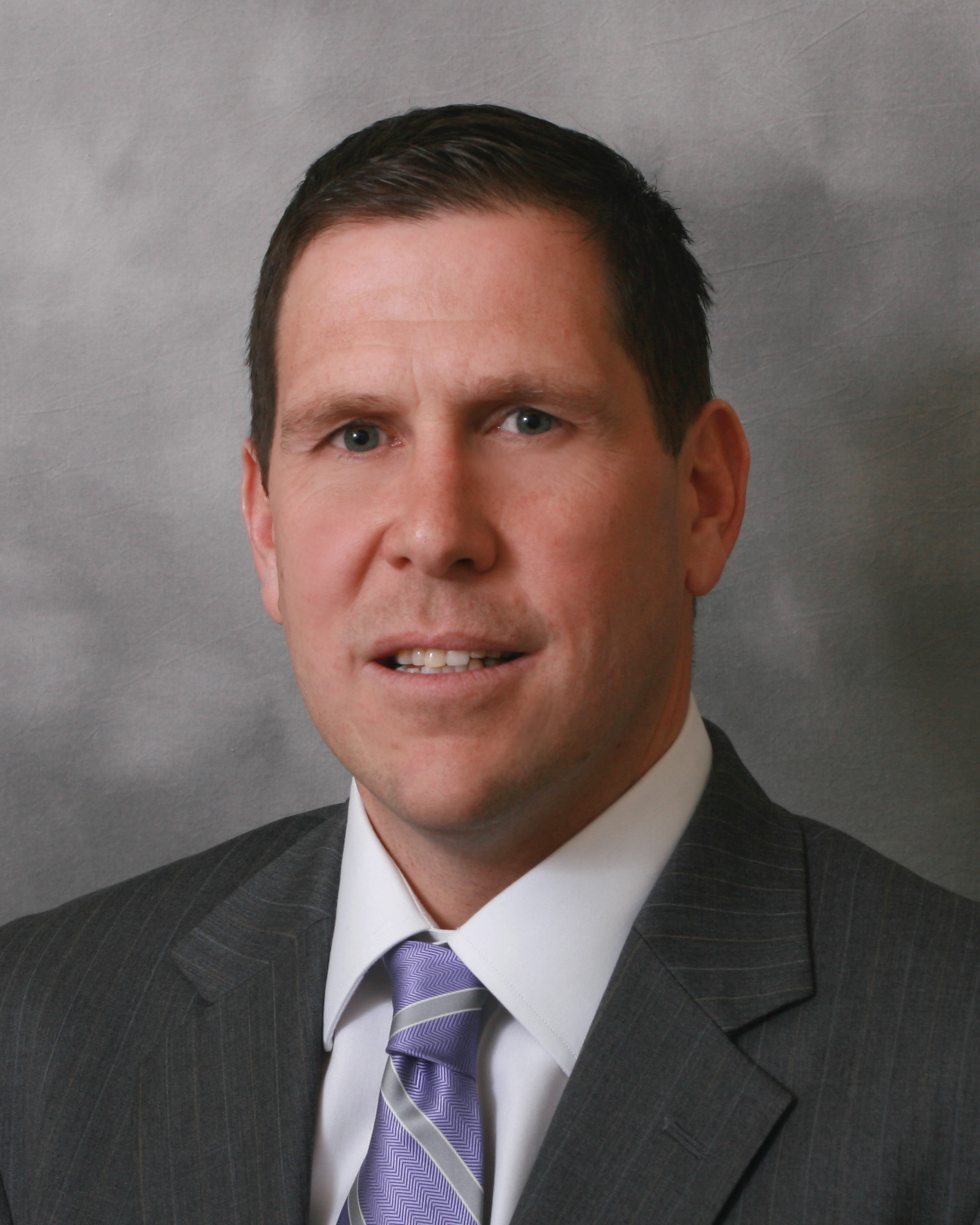Lyndsey Morash was working at a long-hour, high-stress job in Boston in 2012. Meanwhile, she was also taking classes to become a certified yoga instructor. She soon started a business based on her experiences as an employee and a yoga enthusiast.

“I was working full-time and, after I finished my yoga training, I knew that I wanted to marry the two worlds: the corporate world and the wellness world,” said Morash.
She founded Chasing Nirvana, a mobile yoga studio that brings wellness to corporate offices, along with meditation and health coaching. She has a staff of instructors who have been properly trained, certified and insured so that an organization doesn’t have to do the background work.
Morash and her yoga business fit into the larger corporate wellness trend. Employers want to address emotional health and well-being, according to Stephanie Pronk, a senior vice president who leads Aon’s U.S. National Health Transformation Team. In the broad field of wellness, 83 percent of consumers said they needed the most support for emotional well-being, according to Aon’s 2016 Consumer Health Mindset Survey, which surveyed 2,320 consumers — including employees and dependents covered by employer health plans.
This broader interest in mental and emotional health initiatives can be partly explained by the generational aspect of the workplace, Pronk added.
“The millennial generation has much more depression than even the baby boomer generation,” said Pronk. “They’re going to need different ways of working through those issues, and the traditional ways that worked for baby boomers won’t work for millennials.”
Pronk said baby boomers are more likely to avoid acknowledging or discussing these problems than the younger generation, who have been around for certain medical advances and who are more open to tackling mental health issues. While some behavioral health systems and employee assistance programs were designed for older generations, they need to change to support new generations.
Bringing in things like yoga, mindfulness, meditation and resiliency training could help employees and organizations with emotional health, she added. It’s about organizational behavior, too, not just individual behavior.
“This is an area to watch. It’s on the cusp of starting to make some significant changes. It’s been a status quo industry for a while, but we’re seeing indications that it’s starting to change,” she said. “Some of that is demand. Some of it is recognition that the old tried-and-true approach to emotional health is not necessarily working. What can we do differently?”
It’s a great time to have ideas addressing emotional well-being, she added. “It’s not one thing, it’s a variety of things to meet individual needs.” Not everything will work for every person, but there’s a certain amount of trial and error to see what makes an impact.
Morash’s nook, yoga, is appealing to employers for several reasons. First, she and her team work with interested companies in the limited space they have to host classes. Second, participants don’t need much equipment. Third, they can get creative with pricing options. A company can pay for the whole class, interested employees can split the cost or the employer and employee can share the cost.
“Larger companies have the ability or the funds to put in a gym or use a management company to manage these things,” said Morash. “[But] Chasing Nirvana is there for the company that wants to give their employees wellness options but doesn’t have the funds to install a full-on gym.”
 Yoga classes fit into the structure of an employee wellness program. One of Morash’s clients is the Pine Street Inn, an emergency shelter for homeless and displaced people. Last year the inn put together a formal wellness program, and yoga was one of the top options employees sought, said Jayne Hamilton, manager of benefits and employment at the Boston shelter.
Yoga classes fit into the structure of an employee wellness program. One of Morash’s clients is the Pine Street Inn, an emergency shelter for homeless and displaced people. Last year the inn put together a formal wellness program, and yoga was one of the top options employees sought, said Jayne Hamilton, manager of benefits and employment at the Boston shelter.
Creatively enough, the inn provides incentives for yoga participants through “yoga bingo.” Everyone gets a bingo card and can cross off whatever the “yoga pose of the week” is if they’ve attended the class. The winner gets a prize.
About 10 employees overall are dedicated and go every week, making yoga one way to meet individuals’ needs. The participants “look forward to it because it’s a way for them to reduce stress and find balance in their day,” said Hamilton.
Meanwhile, in the vein of meeting others’ needs, Pine Street Inn also offer programs in stress reduction, mindfulness training and sleep workshops in its wellness program.
[Related blog- Corporate Wellness: Get Your Namaste On]
Andie Burjek is a Workforce associate editor. Comment below, or email at aburjek@humancapitalmedia.com. Follow Workforce on Twitter at @workforcenews.













 Amway Corp. is joining a growing list of large employers adopting genetic testing as a workplace benefit.
Amway Corp. is joining a growing list of large employers adopting genetic testing as a workplace benefit.

 The United States is the
The United States is the 
 If my
If my  This is all very basic and obvious. However,
This is all very basic and obvious. However, 



